Can you fit NB-IoT into a matchbox?
We received a request for an NB-IoT device in a matchbox. It is of course not an actual matchbox but similar in size. Small NB-IoT devices with batteries operating in the frequency range from 600 MHz to 1000 MHz are the premium class of IoT devices. I don’t want to mention the question and the application in detail as it is a commercial project. We can probably solve the problem and if it can be solved we will know from studying the test setup described below.
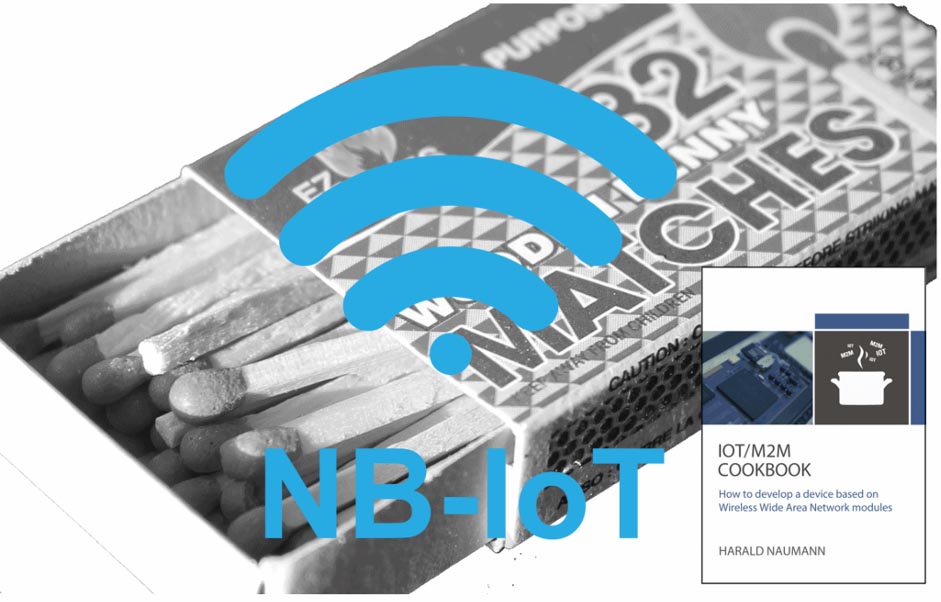
Answer to the NB-IoT customer:
Thank you for providing further details. Part of the answer to the NB-IoT related questions can be found in my IoT M2M Cookbook. You should read this first. In order to assist you in parallel to purchasing the book we would need an order for 4 hours working time comprised of 3 hours preparation including further links and references to literature, chapters in the book and 1 hour for arrangements by email/phone.
You must consider conductive materials near the antenna. In advance we can already say with respect that we see a typical beginner’s mistake. You have chosen a very small case first and considered the antenna at the end of the design process. In the IoT M2M Cookbook, in my blog and in our lectures we repeat and stress that you should first choose the case and antenna and then move on to the rest of the circuit. If the antenna concept doesn’t work or is impossible, you can stop the project and save yourself trouble and expense. Nobody can defy the laws of physics.
For your requested design we see a chance for success, but we will only know if it can work after a test setup in the original case. The smaller the device the more time you need for the implementation. For boards in the size of Lambda/4 length of the lowest transmission frequency we need about 6 working days +/1 day with multiple setups in FR4 in the laboratory, ordering the boards from the manufacturer and documentation. Often the PCBs for PCB track antennas have to be ordered several times from the manufacturer to achieve a working design. We mechanically adjust the first series of PCBs on the workbench and this change will then be adopted in the next series of test samples. The result is then handed over and the customer takes over the rest of the circuit design. We stay in touch during the development of the first PCB sample of the customer and review, so that no beginner errors develop. If desired, we also accompany the customer afterwards. This PCB is then measured and documented again by us. The customer can then produce the samples. Ten PCB versions up to series production are not uncommon. Before it goes into certification and mass production, we check and measure again. Before we go into radio approval, we do a few pre-tests in the test laboratory. This avoids unnecessary costs.
Based on the questions asked of us we can see that the customer lacks experience in the integration of antennas and radio-based devices. Our recommendation is therefore to have the PCB developed by an external company. We can take over the development of the PCB and the antenna and you can also develop the firmware for the IoT device and the server or app on the smartphone. If desired everything can be compiled by us. We are flexible in the division of the necessary tasks.
Extract of wireless IoT related services:
- Matching of the antenna in the device (chip, PCB antenna, helical antenna)
Guidance on antenna design if undertaken by the client - Antenna layout of the dual F-antenna on an empty PCB in the customer’s enclosure
- Antenna layout of any other custom PCB antenna: Helix antenna, Flex PCB antenna, Antenna punched from tinplate, Antenna printed on plastic in housing, Antenna on ceramic, Slot antennas and many more techniques
- Antenna with radio module and power supply for extremely low power consumption
- Assisting in the implementation of the antenna or power supply concept in the fully-featured PCB of the customer
- Development of the whole PCB including an antenna with software Development by the customer
- Development of the whole device (HW + SW) following the client’s specifications
- Reference designs with NB-IoT, LTE-M, GSM, GNSS, BLE, Wi-Fi, MCU, sensors, charging electronics for over 20 applications with an open block diagram and the possibility for customers to develop their own code using a free C compiler
- Preliminary measurements and tests required for radio certification
- Radio certification according to RED (CE), FCC and several more standards
- Workshops at the client’s office or via video conference
- Training and seminars on radio technology and radio certification
We look forward to receiving your inquiry. In most cases the IoT M2M Cookbook or the reference design akorIoT SensPRO is only the beginning. After that there are often follow-up orders for the services mentioned above. “akor” is the ancient Celtic word for “open” and we prefer openness in our concepts, and like to share our knowledge in training and to maintain open communication with our customers.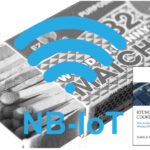

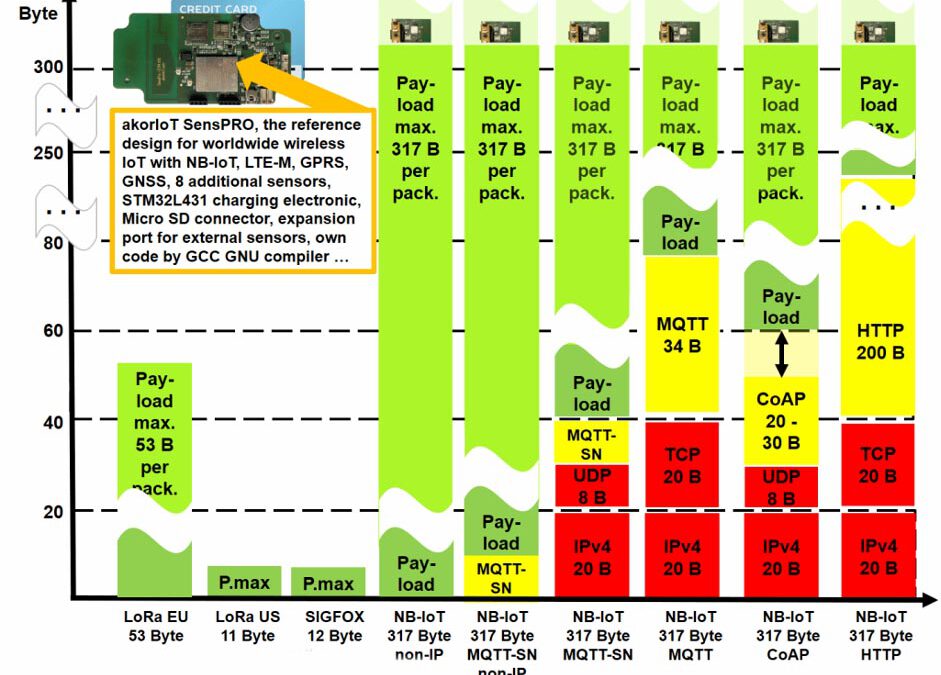
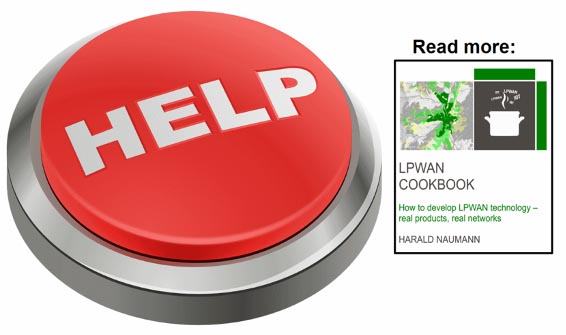
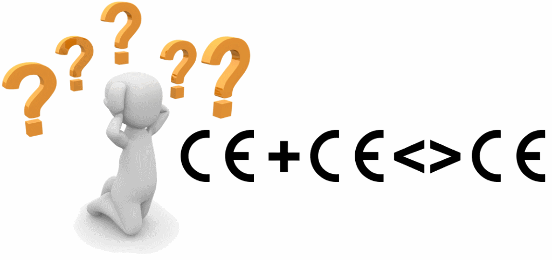
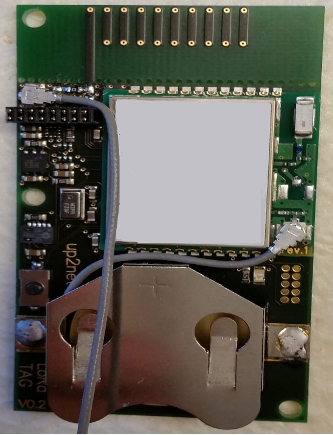
0 Comments